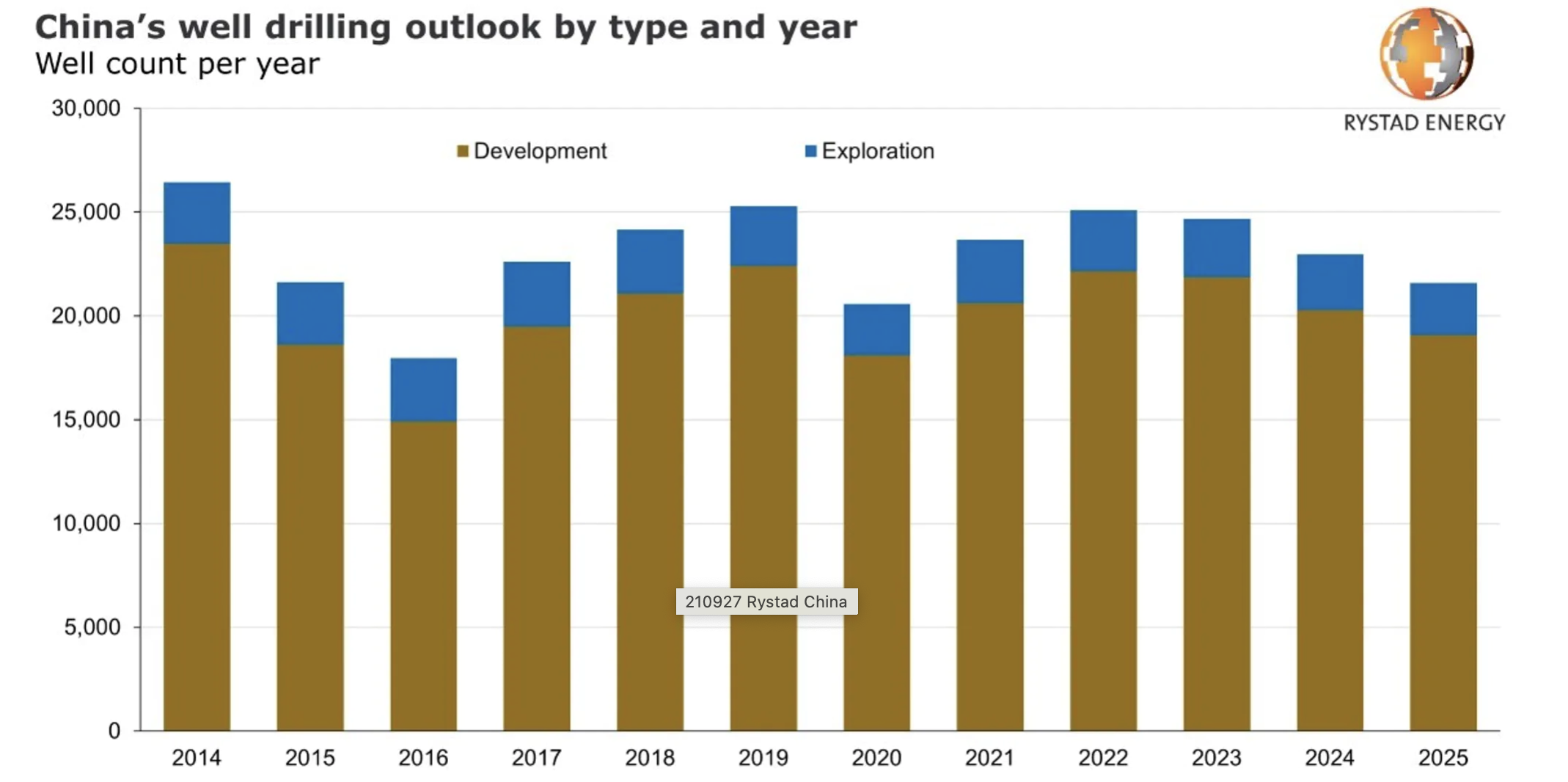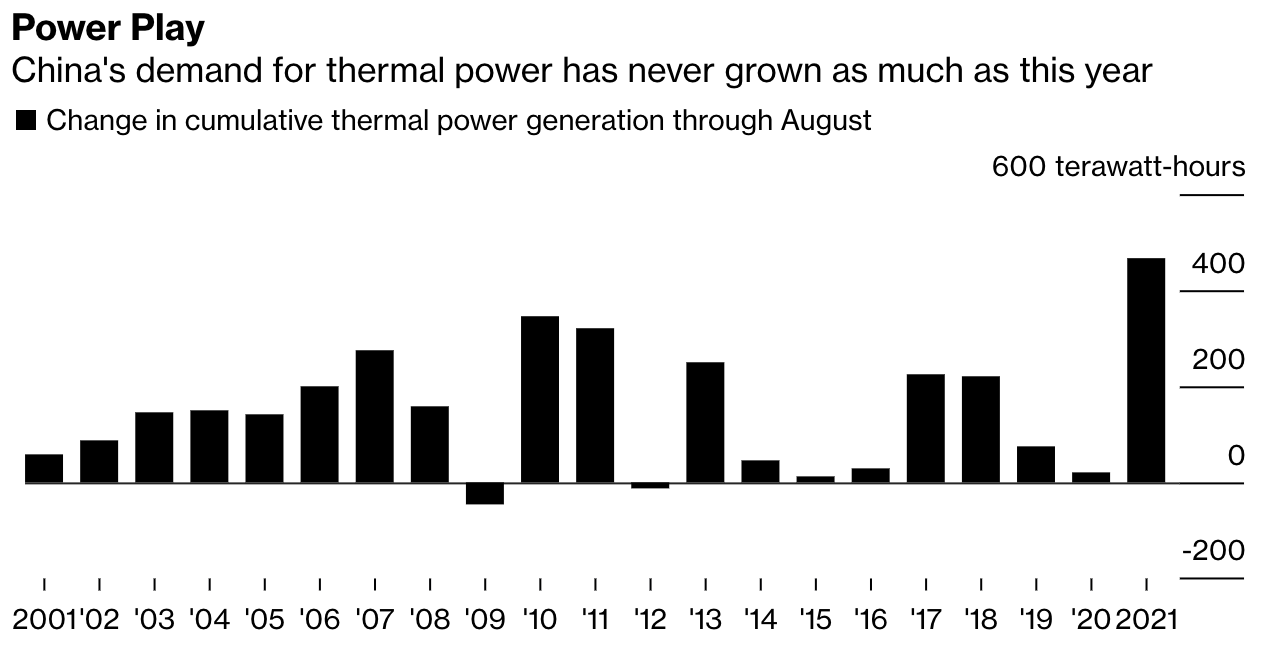While the U.S. government is doing all it can to keep our nation’s fossil fuels in the ground, China is investing in its oil and gas industry. China expects to drill 118,000 wells through 2025. China’s national oil companies are expected to spend over $120 billion on drilling and well services in 2021 to 2025 to meet the rising oil and gas demand and to supply more of its oil demand from domestic sources. China’s share of imported oil increased steadily from 2014 to a record high of almost 75 percent last year. Chinese oil production fell to 1.43 billion barrels in 2020 from 1.55 billion barrels in 2014.
This contrasts with the U.S. oil and gas stance of the Biden Administration and Democrat politicians in the U.S. Congress. On Biden’s first week, several executive orders were rolled out to cancel the Keystone XL pipeline and place a ban on oil and gas drilling on Federal lands and waters, including the Arctic National Wildlife Refuge. The House of Representatives followed up by removing parts of the offshore area and the Arctic National Wildlife Refuge from oil and gas production, increasing current fees on oil and gas production on federal lands and creating new fees, including a tax on methane in its $3.5 trillion reconciliation bill.
China’s Oil and Gas Investment
China’s domestic oil production met just over a quarter of China’s domestic oil needs in 2020, while the remaining 74 percent was met by imports—the highest level on record. China’s reliance on imports and its concerns over energy supply security made the government push its domestic E&P companies to find new oil reserves and increase domestic output. CNPC, CNOOC, and Sinopec are expected to spend a combined $123 billion on drilling and well services in the coming 5-year period—up by 28 percent from the $96 billion spent between 2016 and 2020. The cumulative number of development and exploration wells drilled between 2021 and 2025 is expected to reach 118,000 with development wells accounting for 88 percent of the total and exploration wells 12 percent.

Despite the projection that electric vehicles in China will achieve 20 percent of the market by 2025, internal combustion engine vehicles are expected to account for most of China’s transport needs and to provide the basis for its oil industry through 2025. China has hundreds of millions of cars, buses and trucks fueled by petroleum, and its per-capita car ownership is a fraction of that of the United States.
As with oil, China is reliant on imports for natural gas. In 2020, China’s domestic gas production was about 190 billion cubic meters—58 percent higher than in 2014 when it was about 120 billion cubic meters. With gas demand at 330 billion cubic meters, China is reliant on imported piped gas and shipped liquefied natural gas for over 40 percent of its needs. China’s natural gas demand is expected to grow and with high international LNG prices, the country is interested in developing its domestic production.
China has made advances in drilling and well services techniques, enabling it to drill an increasing number of deep and horizontal wells. Improved well planning and advanced enhanced oil recovery methods are helping China increase its recovery rate, even at giant mature fields. It has also employed the use of fracturing services, which has increased development of unconventional oil and gas resources.
China is also importing coal to fuel its coal-fired power plants despite over 90 percent of the coal the country uses being mined domestically. China has traditionally purchased nearly all of its coal imports from producers in Asia, but that changed last year when it stopped buying from Australia due to a political dispute that has led to sporadic shortages. Instead, China imported coal from other suppliers. The country imported 4.4 million tons of thermal and coking coal from South Africa so far this year, compared to none from 2015 to 2020. Coal imports from Russia doubled so far this year and deliveries from the United States are up seven-fold.

Oil and Gas Provisions in the U.S. House Reconciliation Bill
The House reconciliation bill would bar the sale of new oil and gas leases in Pacific and Atlantic waters as well as the eastern Gulf of Mexico. It also would abolish a four-year-old requirement that the government sell drilling rights in the Arctic National Wildlife Refuge’s coastal plain and void nine leases issued in that northeast Alaska region earlier this year. Congress previously required two auctions of refuge leases by December 22, 2024 as a new source of oil for the Trans Alaska Pipeline System. The proposed bill would also impose fees on oil and natural gas development and mining on federal land, including:
- a new seven-cent-per-ton fee on displaced material that would increase rental rates for onshore oil and gas leases along with shortening their duration,
- a new $4-per-acre “conservation of resources fee” on tracts,
- a royalty on vented or flared methane,
- increased royalty rates from 12.5 percent to 20 percent, and
- new annual fees of as much as $10,000 per mile on offshore pipelines — including the Gulf of Mexico’s existing 8,600-mile network
An example of the punitive fees is the “natural gas tax” on methane, which sets methane emissions intensity targets that companies would need to meet or pay a fee of $1,500 per metric ton of methane produced in excess. This fee would most likely reduce oil and gas production and make the United States less energy independent—a goal achieved under President Trump. The “natural gas tax” is regressive in that its costs will be passed onto consumers in their gas and electric bills, which will affect lower income people more since they spend more of their income on energy. It also conflicts with President Biden’s campaign promise to not raise taxes on anyone making less than $400,000 a year. Because there is already an EPA regulation addressing methane, and another which will be released this month, it is duplicative.
Conclusion
China’s 14th 5-year plan for 2021 to 2025 emphasizes the importance of identifying new fossil fuel reserves and increasing oil and gas production. Its national oil and gas companies are spending billions to increase operating wells. That is in contrast to the Biden Administration, which is trying to do the opposite. Despite repeated pledges from President Biden not to increase taxes on working class families, Congress is weighing new energy tax provisions that would hit American taxpayers and consumers, harm energy jobs, and discourage innovation in the technologies needed to achieve climate objectives. For example, the natural gas tax in the $3.5 trillion budget reconciliation bill will increase the cost of energy and act as a tax levied on all Americans. China’s energy program should serve as a warning about the importance China places upon energy security, but the Biden Administration is ignoring it.



